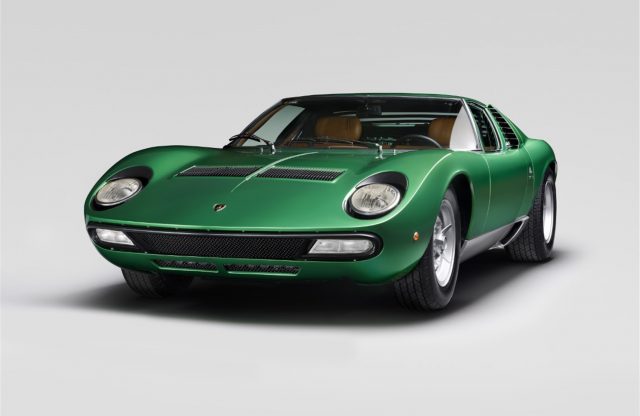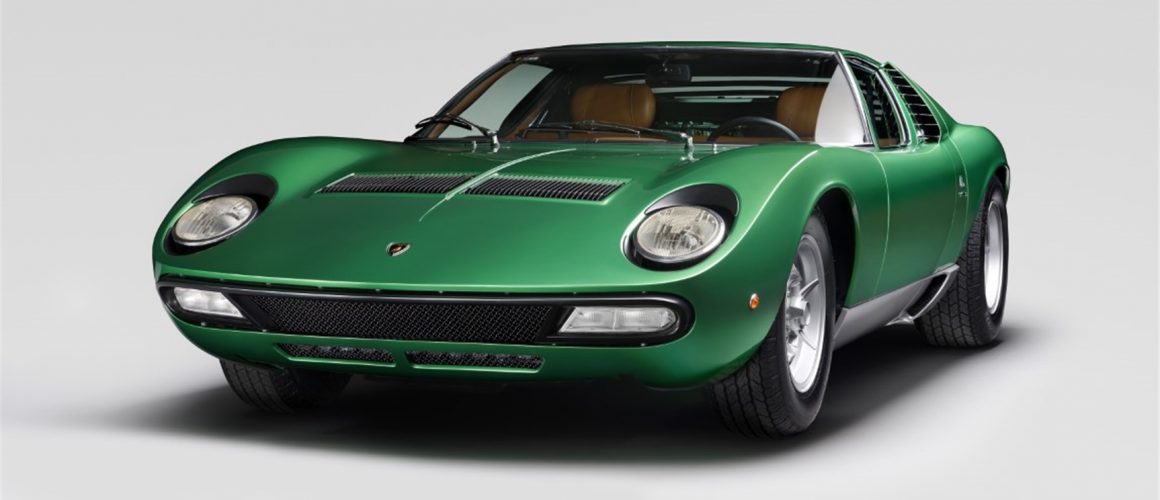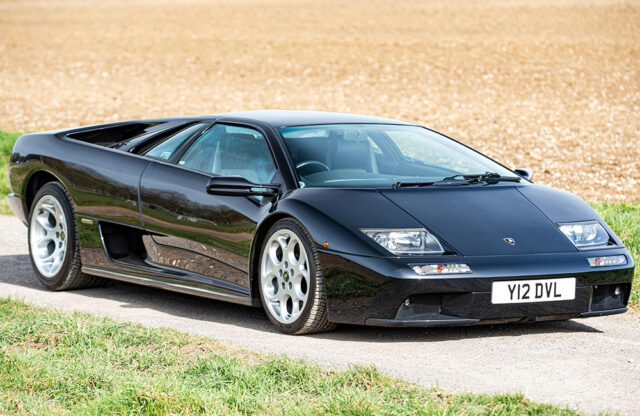Words: Elliott Hughes | Photography: Lamborghini
Fifty years ago at the Geneva Motor Show, the covers came off one of Lamborghini’s most famous models: the Miura P400 SV. The SV (Super Veloce, or Super Fast) represented the zenith of Lamborghini’s P400 project, which had started with the original Miura P400 in 1966.
The second evolution of the Miura was the P400 S, which introduced aesthetic enhancements and a new engine intake manifold and upgraded camshafts that squeezed another 20bhp from the car’s transversely mounted 4.0-litre V12.
After the P400 S, Lamborghini's chief engineers Giampaolo Dallara and Paolo Stanzani harnessed their five years of experience in Miura development and took things a step further with the P400 SV.
Naturally, they started by coaxing a further 15bhp from the Bizzarrini V12's output in the P400 S, bringing the SV’s total power output to 380bhp; 35bhp more than the original P400 Miura. This was achieved by tuning the four Weber triple-barrel carburettors, which also helped the car distribute torque more effectively through the rev range, improving drivability. The heightened power output equated to a top speed of 180mph and a 0-60mph time of 5.7 seconds, making it easily one of the fastest cars of the time.
Outright pace wasn’t the only engine improvement made by the team. They also improved its reliability by separately lubricating the motor and gearbox, and so curing a major design flaw of the first two Miura incarnations. Prior to this, the two units shared oil, which meant metal shavings of worn transmission parts could work their way into the engine, with catastrophic and costly consequences.
The P400 SV chassis was then optimised to benefit from the improvements to the powertrain. The platform was stiffened and reinforced, the rear suspension was updated with different anchor points, and the track width was widened by 130mm. This allowed the Miura’s wheels to be shod with wider Pirelli tyres at the rear.
A side effect of the chassis enhancements was that the car’s gorgeous bodywork had to be modified. Lamborghini enlisted Bertone’s Marcello Gandini, who styled the original car, to carry out the necessary design work.
Gandini sculpted wider rear arches to fit around the chunkier tyres, redesigned the taillights and integrated a new radiator inlet into the bonnet to help cool the powerful V12. Another obvious aesthetic change at the front of the car was the absence of the Miura’s iconic ‘eyelashes’ that surround the headlights.
The reason for this was that Ferruccio Lamborghini wished to avoid the time-consuming process of fitting the eyelashes perfectly during the SV’s production, so he simply ordered for them not to be installed. The only exception was Ferruccio's personal Miura SV.
Finally, the SV’s interior was more modern and better finished than its predecessors'. There was a more liberal use of leather, which now encompassed many of the cabin fittings, and additional chrome detailing was included. This brought the car’s interior finish in line with its arch rivals at Maranello.
The Miura SV was a resounding success; 150 were built between 1971 and 1973, and it went on to replace the Miura P400 S, rather than accompanying it as was originally planned. In 1975 a final one-off Miura SV was built at the behest of Canadian billionaire businessman Walter Wolf. This last car now resides in Lamborghini’s Mudetec Museum in Sant’Agata.
Over the course of its production, the Miura made an impression on the automotive world that is still felt today. It arguably represents the very origin of the contemporary supercar and, perhaps for that reason, the Miura SV still stands as the most sought-after Lamborghini of all.
If you liked this, then why not subscribe to Magneto magazine today?

















